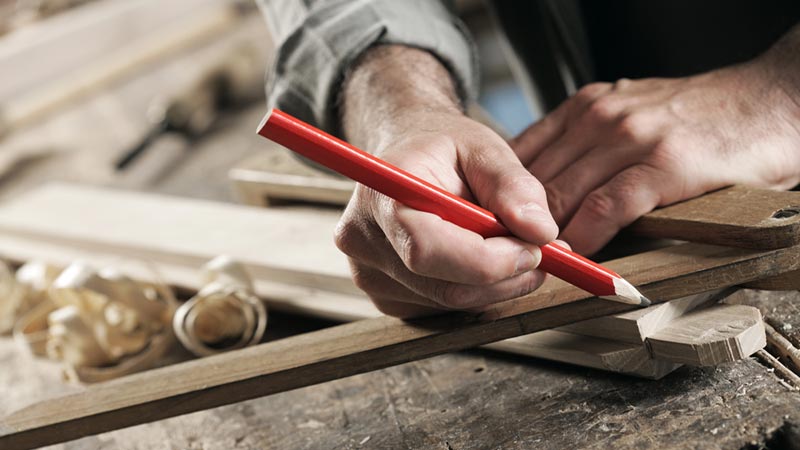
Around the 18th century, the cabinet making industry was quite small and included only a very select number of people. Cabinet making was a highly skilled craft that required years of apprenticeship with an experienced cabinet maker before anyone could even think of carrying out projects for his customers. The small numbers reflected the amount of skill required to be a cabinet maker and the amount of time and effort that is required in achieving it. It also reflected the amount of pay that cabinet maker’s apprentices and even cabinet maker’s received, which wasn’t much.
After the advent of the industrial revolution things started changing for cabinet makers and the present day cabinet making industry was born. Steam powered cabinet making tools replaced traditional ones and mass production techniques were applied to cabinet making, reducing its artistic value but making stylish cabinets available to the masses.
The cabinet making industry has grown rapidly ever since. In the financial year ending June 2007, the furniture making industry contributed $1.5 billion to the Australian economy. The popularity of cabinet making is evident by the number of people graduating with furniture manufacturing qualifications – cabinet making had the highest number of completions.
Cabinet making falls under the furniture manufacturing category of Australia with the largest concentration of furniture manufacturing businesses found in New South Wales, followed by Victoria and Queensland.
Besides the commercial aspect, cabinet making as an art is still carried on by hobbyists, in appreciation of the beauty of the craft and also to preserve its traditions.






